
2020 er lakket mod enden (endelig, tror jeg mange af os fristes til at sige) – og for at sætte punktum for den low buy challenge jeg startede tilbage i januar måned, så kommer her en opsamling af, hvad jeg egentlig endte med at købe i år. Jeg har for en god ordens skyld også lige indsat “reglerne” for udfordringen igen her, bare så I kan holde mit resultat op imod det. Jeg har været tro mod de regler jeg satte mig for hele vejen igennem. Men, jeg endte faktisk med at købe meget mere end jeg troede jeg ville. Og hvorfor er det så overhovedet vigtigt, at tale åbent om det her? Jo ser I, som skønne Laura så fint siger det i hendes seneste post, så kan vi umuligt komme problemet med overforbrug til livs hvis ikke vi tør se realiteterne i øjnene, og tale åbent om det: “Hvis vi ikke er ærlige i virkeligheden, kan vi heller ikke ændre den del af virkeligheden, der er problematisk. Og overforbruget af tøj er en kollektiv udfordring, vi skal løse. ”
Det handler ikke om, at slå sig selv i hovedet og erklære udfordringen for tabt. Tværtimod har jeg valgt at tracke mine køb på denne måde for netop, at kunne se tilbage på dem og ikke mindst dele dem åbent og ærligt med jer; så både jeg og I forhåbentlig kan tage ved lære. Jeg ved hvertfald, at selvom mange af disse køb til dels har været en “nødvendighed” fordi jeg blev gravid i starten af året, og pludselig ikke kunne passe meget af mit tøj hverken under eller efter graviditeten – så er jeg opsat på, at gøre det endnu bedre næste år. For selvom udfordringen på sin vis var afgrænset til et enkelt år, så håber jeg selvfølgelig I har lyst til at fortsætte. Det her var ment som en udfordring, der skulle kickstarte en livsstilsændring. Lidt ligesom med slankekure. De fungerer måske til at starte med, men holder ikke på lang sigt, medmindre man er villig til at foretage nogle mere langsigtede ændringer. Der findes ikke et quick fix. Og det samme gælder vores overforbrug af tøj.
Sidst men ikke mindst, så lad os lige for en god ordens skyld minde os selv om hvorfor det nu lige er, at mindre tøjforbrug er så vigtigt. Ifølge Forbrugerrådet Tænk, så steg vores forbrug af tøj med 43% fra 1996 til 2012. Dette tal forventes at stige med op til 63% frem mod 2030, hvis ikke vi sætter tempoet gevaldigt ned. Og når man så ser på den forurening og de dårlige arbejdsvilkår modebranchen kaster af sig, så synes jeg ærlig talt statistikken taler for sig selv. Vi køber alt, alt, ALT for meget nyt tøj.
Eng.: 2020 is done and overwith (finally, I think many of us are tempted to say) – and to wrap up the low buy challenge I started back in January, here is a summary of what I actually ended up buying this year. I have also just inserted the “rules” for the challenge again here, just so you can compare my result of the challenge with them. I have been true to the rules, or more goals, I set myself throughout. But, I actually ended up buying a lot more than I thought I would. And why is it important at all to talk honestly about this? Well, you see, as lovely Laura puts it so well in her latest post, it is impossible for us to put an end to the problem of overconsumption if we do not dare to face the realities, and open up about it: “If we are not honest about this, we can’t change the part of reality that is problematic. And the over-consumption of clothing is a challenge we must collectively solve. “
It’s not about beating yourself up and declaring the challenge lost. On the contrary, I have chosen to track my purchases the way I have (which you’ll see further down in this post) just to be able to look back on them and not least share them openly and honestly with you; so that both you and I can hopefully learn something. At least I know that even though many of these purchases have been a “necessity” in part because I got pregnant at the beginning of the year, and suddenly wasn’t able to fit much of my clothes either during or after pregnancy – I am keen to do even better next year. Because even though the challenge was in a way limited to a single year, I of course hope you want to continue with me. This was meant as a challenge to kickstart a new lifestyle. It’s a bit like dieting. Diets may work to begin with, but it doesn’t last unless you’re willing to make some more long-term changes. There is no quick fix. And the same goes for our over-consumption of clothes.
Last but not least, let us remind ourselves why consuming less clothes is so important. According to the danish consumer council Tænk, our consumption of clothing increased by 43% from 1996 to 2012. This figure is expected to increase by up to 63% by 2030, if we don’t slow down dramatically. And when you look at the massive pollution and the poor working conditions the fashion industry throws off, I honestly think the statistics speak for themselves. We buy way, way, WAY too much new clothes.


The original #2020wehaveplenty rules. Keep reading to join the 2021 version…
Want or need?
Først og fremmest synes jeg det er vigtigt at tage den her med ind i debatten; for hvornår køber man i virkeligheden et stykke tøj som man mangler? Langt de fleste af os bruger mode og stil som et værktøj til, at udtrykke os selv. Det er derfor vi elsker tøj. Det er derfor jeg elsker tøj, og har gjort det ligeså længe jeg kan huske. Så tøjet er ikke længere end nødvendighed som sådan, det er ikke blot noget vi køber for, at holde på varmen. Tøjet er i lige så høj grad en forlængelse af os selv og vores personlighed. Det giver os udstråling og kan få os til, at føle os som en bedre version af os selv. Tøj kan endda fungere som plaster på såret når vi har det skidt (du kender nok udtrykket “retail therapy”), og det er nok i virkeligheden her en kæmpe del af problemet ligger. For når vi køber tøj ud fra impulser og når vi er sårbare, så ender det sjældent med at blive favoritter. Eller også er vi såmænd glade nok for det, men vi når ikke at få det brugt fordi vi ligger inde med så meget i forvejen. Og dét er overforbrug.
Det er blandt andet derfor, at jeg er så stor en fortaler for (og tilhænger af) i bæredygtighedens navn, at købe brugt tøj først og fremmest. En primært cirkulær måde at købe tøj på giver for mig super god mening, især fordi man jo ændrer smag og stil efter hvor i livet man befinder sig. Måske ændrer kroppen sig også. Det gjorde min i 2020, da jeg i Februar blev gravid. Det betød, at jeg måtte ud og købe noget ventetøj. Hvad jeg købte kan I se på min oversigt nedenfor, men jeg købte det meste brugt. Nu er det 2,5 måned siden jeg fødte, og min krop ser naturligvis stadig ikke ud, som den gjorde før. Jeg har ikke som sådan en forventning om, at jeg skal kunne klemme mig ned i alle mine gamle jeans og bukser igen – jeg ved sandsynligheden selvfølgelig er der, og det blot tager tid for kroppen at komme sig ovenpå en graviditet. Men jeg ved også, at sandsynligheden for min krop har forandret sig for altid også er der. Derfor har jeg købt nogle underdele som substitutter for nogle jeg havde i forvejen. Noget som rent stilmæssigt minder om. Jeg har ikke smidt det gamle ud, blot gemt det væk så jeg kan finde det frem igen hvis muligheden byder sig. Det samme gør sig gældende for det ventetøj jeg købte. Det kan jeg gemme væk hvis nu jeg engang skulle få brug for det igen – eller jeg kan give det videre til andre, som måtte få brug for det.
Men der er bestemt også ting på listen, som ikke kan forsvares med andet, end at de blot var “ønsker”. Nogle ting som jeg havde forelsket mig i, og som ville gå godt i tråd med min stil, min personlighed og det udtryk jeg ynder at forfølge. Ganske simpelt. Jeg har også valgt – for at tilbyde jer fuld transparens i forbindelse med mit arbejde – at medtage de ting, som jeg i år har modtaget i gave i forbindelse med brand samarbejder og kampagner. Det er ingen hemmelighed, at jeg ikke kun arbejder som stylecoach. Jeg arbejder også sammen med brands i ny og næ. En meget lille håndfuld slipper gennem nåleøjet (læs mere HER), og jeg er umådeligt stolt over, at have arbejdet sammen med blandt andet Organic Basics gennem hele 2020. Et mærke jeg har været trofast kunde hos længe inden vi indgik et samarbejde. Det betyder selvfølgelig jeg somme tider modtager nogle ting, som jeg i og for sig ikke står og mangler; men som jeg sætter en ære i at prøve af, komme med styling idéer og udbrede kendskab til. Det er en balance der kan være svær at opretholde – muligheden for blot at tage tøj til låns er der selvfølgelig, og det er måske noget jeg skal prøve at undersøge nærmere for fremtidige samarbejder. Når det så er sagt så har jeg været ufatteligt glad for det tøj, jeg har fået gennem samarbejder i år (det meste af det har faktisk erstattet tøj af ældre dato som stilistisk mindede om), og er glad for at have det som fast bestanddel af min garderobe.
Alright, det var vidst nok introduktion. Lad os tage et kig på det….
Eng.: First of all, I think it’s important to bring this into consideration; how often do you buy a piece of clothing simply because you need it? The vast majority of us use fashion and style as a tool to express ourselves. That’s why we love clothes. That’s why I love clothes, and have done so for as long as I can remember. So clothing is no longer a necessity as such, it’s not just something we buy to keep warm. The clothes are just as much an extension of ourselves and our personality. It gives us radiance and can make us feel like a better version of ourselves. Clothes can even act as a patch on the wound when we feel bad (you probably know the term “retail therapy”), and that’s probably where a huge part of the problem lies. Because when we buy clothes based on impulses and when we are vulnerable, it rarely ends up becoming favorites. Or we may be ecstatic about these types of items, but we don’t get to use them enough because we have so much in our wardrobes already. And that is overconsumption in a nutshell.
This is one of the reasons why I am such a big advocate (and supporter of) in the name of sustainability, to buy secondhand clothes first and foremost. A primarily circular way of buying clothes makes sense to me, especially because you change your taste and style according to where you are in life. It will never be static. Maybe your body changes too. That’s what happened to me in 2020 when I got pregnant in February. That meant I had to buy some maternity clothes. You can see what I bought in my overview below, but I bought most of it preloved. Now it’s 2.5 months since I gave birth, and of course my body still doesn’t look like it did before. As such, I do n’t have an expectation that I should be able to squeeze myself into all my old jeans and pants again – I know the probability of course is there, and it just takes time for the body to recover after pregnancy. But I also know that the probability of my body having changed forever is also there. Therefore, I bought some bottoms (mainly jeans/pants) as substitutes for items I already had. Something that is stylistically reminiscent. I haven’t thrown the old items out or anything like that, just tucked it away so I can bring it out again if the opportunity arises. The same goes for the maternity clothes I bought. I can store it away for another time (if ever that will be) – or I can pass it on to others who may need it.
But there are certainly also things on the list that can’t be defended with anything other than that they were just “wishes”. Some things that I had fallen in love with and that would go well with my style, my personality and the expression I like to pursue. Quite simply. I have also chosen – in order to offer you full transparency in connection with my work – to include the things that I have received this year as a gift in connection with brand collaborations and campaigns. It’s no secret that not only do I work as a stylecoach. I also work with brands every now and then. A very small handful slips through (read more HERE), and I am immensely proud to have worked with brands like Organic Basics all through 2020 year. A brand I have been a loyal customer of long before I partnered up with them. This means, of course, that I sometimes receive some things that I don’t really need; but that I take pride in trying out, coming up with styling ideas and spreading knowledge of to you guys. It is a balance that can be difficult to maintain – the possibility of simply borrowing clothes from brands is there of course, and it may be something I should try to investigate further for future collaborations. That being said, I have been incredibly happy with the clothes I have received through collaborations this year (most of them have worked as replacements more than add-ons to my wardrobe), and am happy to have these items as a regular part of my wardrobe now.
Alright, enough introduction. Here comes the moment of truth….

Here’s what I bought in 2020:
REPLACEMENTS
- Re/done x vintage Levi’s jeans
- Nike running shoes
- Arket Men’s breton stripe top
PURCHASES MADE DUE TO CHANGING BODY (pregnancy)
- Arket white jeans
- Arket tailored pants
- Armed Angels mom jeans
- Armed Angels Fjellaa jeans
- Maternity leggings
- Straight leg maternity jeans
- Maternity/nursing underwear (including singlets)
WISHLIST ITEMS
- Omybag Meghan bag
- Birkenstock sandals
- Shepherd slippers
REPLACEMENTS
- Classic navy wool coat
- Winter puffer from Patagonia
PURCHASES MADE DUE TO CHANGING BODY (pregnancy)
- Dark blue maternity jeans
- Mid blue maternity jeans
- White maternity jeans
- Maternity denim skirt
WISHLIST ITEMS
- Blue blazer
- Printed feminine dress
- Army green shirt dress
- Isabel Marant Dicker boots
- Knee boots
- Valentino gold pumps
- Converse leather sneakers
ITEMS FROM ORGANIC BASICS (partner all through 2020)
- Black TENCEL shorts
- Black TENCEL dress
- TENCEL tee
- TENCEL underwear+singlets
- Organic cotton tees
- Organic cotton long sleeve tee
- Organic cotton underwear (bra+thongs)
- Organic cotton socks
- Recycled cashmere scarf, hat & gloves
- Recylced nylon tights
26 stykker. Ca halvdelen er købt brugt. Så meget tøj/sko blev det til – hvis altså ikke man tæller de items med, som jeg har modtaget i forbindelse med mit arbejde. Meget af det er basis ting som undertøj og det tæller jeg normalt ikke med i min opgørelse. Det svarer til ca. 2 stykker om måneden, og det synes jeg ærligt er for meget! Set på året som helhed har jeg nok ikke selv følt, at det var meget – men da jeg begyndte at tracke mine køb og skrive dem ned her sidst på året, så gik det op for mig, at det måske lige netop er en del af problemet. Den her manglende erkendelse eller ihvertfald føling af, hvornår nok er nok. Især når man tænker på, at vi alle har tilbragt størstedelen af 2020 hjemme og måske har haft mindre mulighed for rent faktisk, at bruge sit tøj så meget som man plejer.
Næste år kunne jeg godt tænke mig, at det så anderledes ud. At jeg købte endnu mindre end det her. Mit content handler først og fremmest om at bruge det man allerede har i skabet, og derfor er det selvfølgelig dét jeg har på hjerte først og fremmest; at vise jer hvordan jeg bruger mine gamle favoritter igen og igen! Men at kunne arbejde med seje, bæredygtige brands sideløbende er dog også noget af det jeg elsker allermest ved mit arbejde, så det vil jeg blive ved med at forfølge, på en måde hvor det ikke tager overhånd. Mine samarbejder er én ting og det er ligesom en del af mit arbejde. Men mine egne “private” (så at sige) køb er helt sikkert noget, jeg skal have mere styr på. Når man arbejder med mode og stil står man unægteligt over for mange fristelser hele tiden, og selvom jeg har styr på min stil og min garderobe så begår jeg stadig somme tider fejlkøb og bliver fristet ligesom alle andre. Og selvom størstedelen af det jeg køber er købt brugt, så sidder jeg alligevel tilbage med en følelse af, at jeg har mere end rigeligt.
Eng.: 26 pieces. App. half of this was bought secondhand. That’s how much clothes/shoes I bought this year – if you don’t count the items that I have received in through my work that is. Lots of these are basic items like underwear and I usually don’t count these in my final inventory. That’s approx. 2 pieces a month, and I honestly think that’s way too much! Looking at the year as a whole, I probably didn’t feel that it was that much – but when I started tracking my purchases and writing them down at the end of the year, it dawned on me that this might just be a part of the problem. This lack of realization or at least lacking a sense of when enough is enough. Especially when you consider the fact that we have all spent most of 2020 at home and may have had less opportunity to actually use our clothes as much as usual.
Next year, I wan’t to bring down this number radically. My content is about using what you already have in your closet, and therefore it is of course what I have on my mind first and foremost; to show you how I use my old favorites over and over again! However, being able to work with cool, sustainable brands alongside is also something I absolutely love about my work, so I will continue to pursue it, in a way where it doesn’t take over too much. My collaborations are one thing and they are part of my job. But my own “private” (so to speak) purchases are definitely something I need to have more control over. When you work with fashion and style, you are undeniably faced with many temptations all the time, and even though I would say I have control over my style and my wardrobe, I still sometimes make purchases I shouldn’t have made and I am tempted like everyone else. And even though most of what I buy is bought secondhand, I am still left with this feeling of having more than enough.
… let’s do better for 2021!

Use the new hashtag #useless_swapmore as a way to show of secondhand finds, items you’ve swapped your way into – or even to ask someone in the community if they’d like to swap items with you. Let’s all contribute more to circular consumption this year!
Jeg vil gerne sige tusind tak for de af jer, som allerede har delt jeres super ærlige erkendelser ovre på min Instagram forleden. Netop fordi 2020 har været så hårdt et år, så satte det skub i retail terapien for mange af jer og herfra vil jeg sige, at bare dét at I erkender det er første skridt på vejen til, at prøve igen næste år! Husk på, det handler ikke om at gøre det 100% perfekt, men dét du gør betyder alligevel mere end du tror. Derfor har jeg lavet en ny række “regler” for næste år – vi fortsætter med hashtagget #2020wehaveplenty for nu er vi over 15.000 tøjaktivister der tager del i udfordringen på instagram, og det synes jeg er for vildt!! Jeg nyder at scrolle gennem jeres opslag og outfits, og det inspirerer mig hver eneste dag. Og jeg synes egentlig det giver fin mening, at holde fast i 2020 som året der startede det hele.
Hvor sidste års low buy især havde fokus på hvordan man skulle foretage sig nye køb, så synes jeg udfordringen for 2021 i højere grad skal være, at bruge det man allerede har i sin garderobe, for netop at købe mindre og blive mere dus med sin garderobe. Slutte fred med den, som jeg gerne siger i forbindelse med mit online kursus. For en langtidsholdbar, bæredygtig garderobe handler ikke kun om hvordan man forbruger. Det handler i langt højere grad om, at øve sig i at give slip; at være okay med ikke at være i besiddelse af det “nyeste nye”, men i stedet sætte personlig stil højere. At kunne modstå fristelser.
Jeg håber I er blevet klogere, og at I har lyst til at være med endnu et år!
Eng.: I would like to thank those of you who have already shared your super honest insights with me over on my Instagram the other day, now that 2020 is over. Because 2020 has been such a hard year for many of us, many of you turned to retail therapy and I just want to say that just the fact that you recognize it is the first step on the way to try again next year! Remember, it’s about progress not perfection, but the choices you make mean more than you think. That’s why I’ve made a new set of “rules” for next year – we’ll continue with the hashtag #2020wehaveplenty because we are now more than 15,000 slow fashion activists taking part in the challenge on instagram, and I am just so proud of you guys!! I enjoy scrolling through your posts and outfits and it inspires me every single day. And I to me it makes perfect sense to stick to 2020 as the year that started it all.
Where last year’s low buy challenge especially focused on how to make new purchases, I think the challenge for 2021 should be more to use what you already have in your wardrobe, to just buy less and become more comfortable with your wardrobe. Make peace with it, as I like to say in connection with my online course. Because a long-lasting, sustainable wardrobe is not just about how you consume better. It is far more about practicing the art of letting go; to learn to be okay with not being in possession of the “latest trends” but instead putting personal style higher. To be able to resist temptations.
I hope you have become wiser and that you feel like joining in for another year!
Read more about #2020wehaveplenty in the orginal post here:
https://seoroom.dk/low-buy-2020/

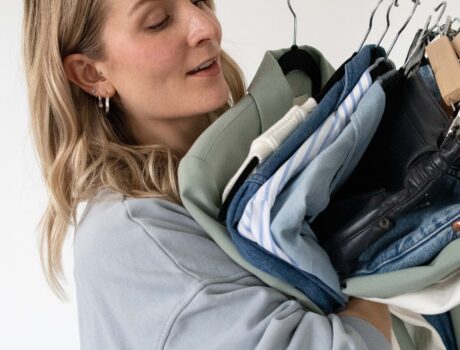
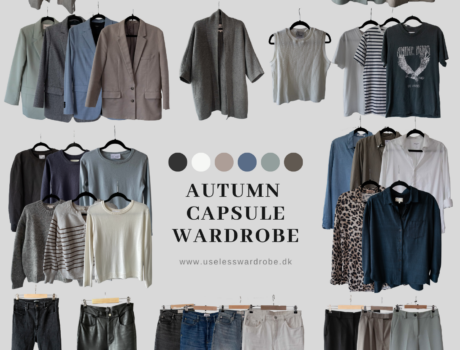
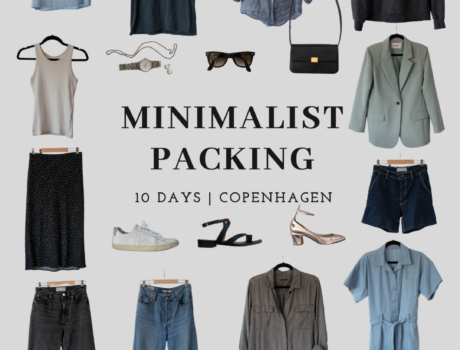
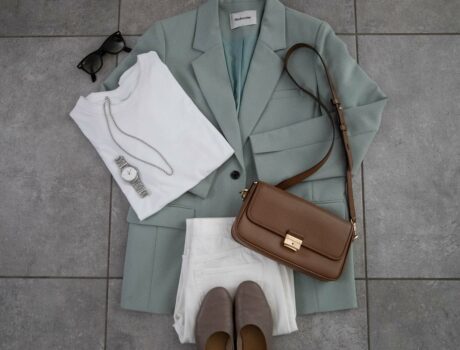
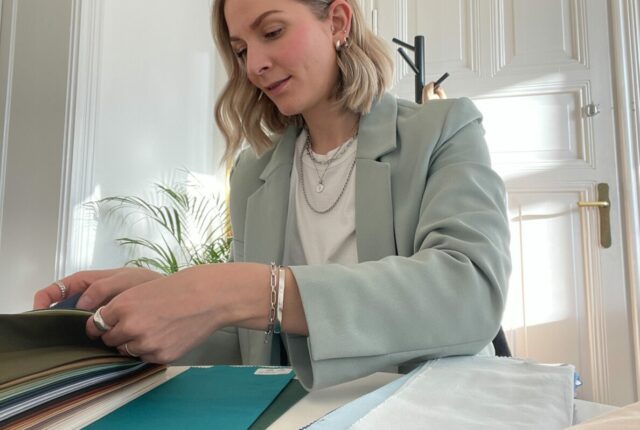
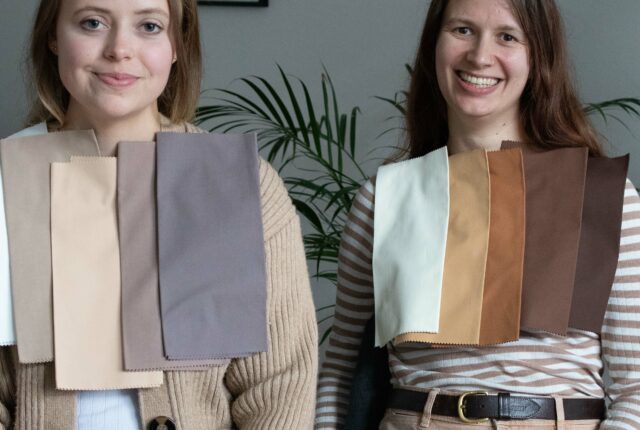
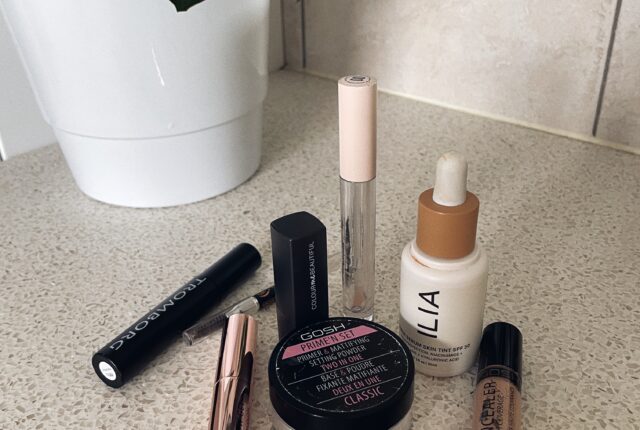
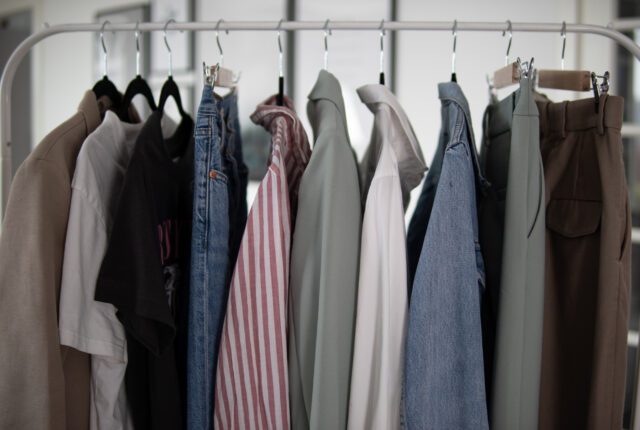
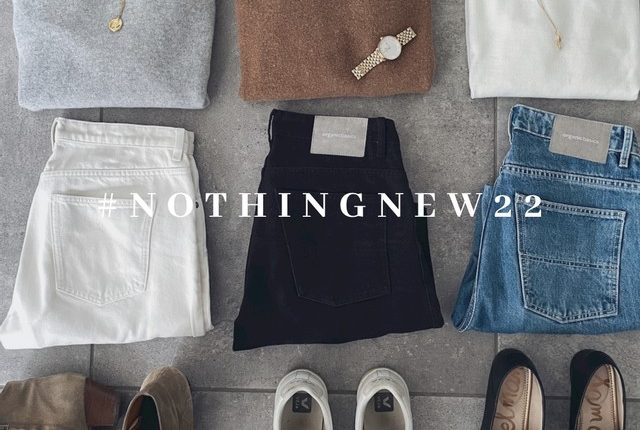
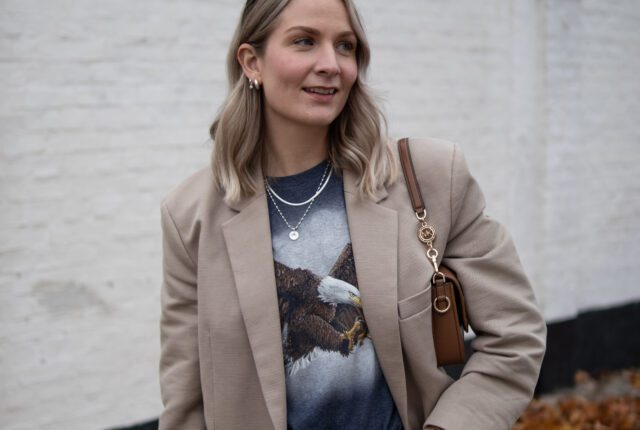
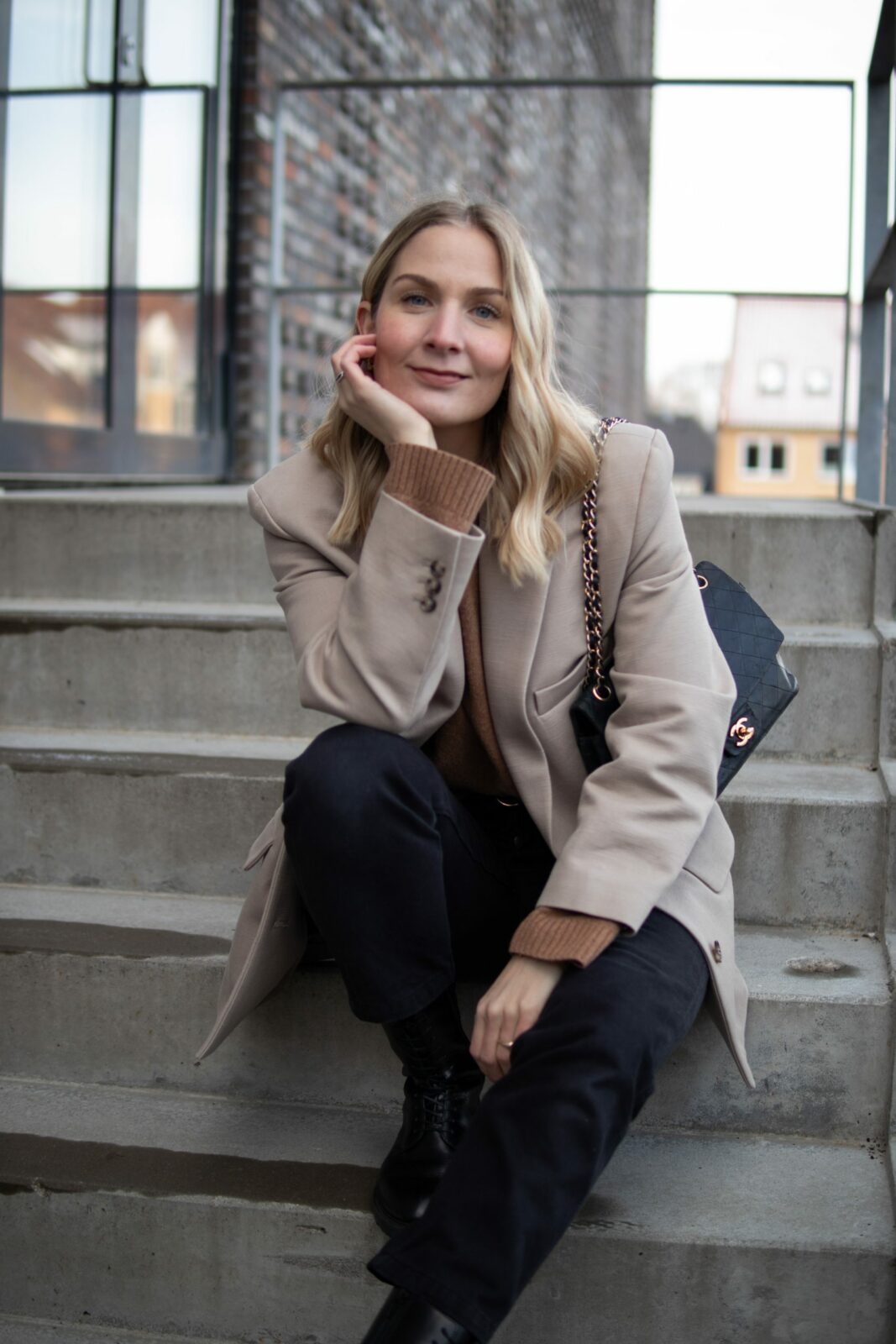
As always, your blog is thoughtful and inspiring. What’s the saying now? Progress IS perfection. As long as we keep moving toward the sustainable goal, we’re making progress. And true, 100% sustainability is probably unreachable without going back in time. So always moving toward the goal is the best we can do.
Thanks for a spot on post, Signe! Two years ago I moved from the UK, and a job where I had to dress smartly, to early retirement in northern France! A massive life and lifestyle change! Thanks in large part to your blog and posts, I began the review process of my wardrobe as I had many clothes I no longer would be wearing (smart work clothes, for example!) – and I realised I needed to focus on what I liked wearing, what was really ME and MY style, plus dressing for reality (not some fantasy life – a big one for me!!). It’s been a real journey and one which I’m continuing with… We don’t have second hand shops in France (I really miss them!)… and with Brexit cue SAD face! 🙁 if I buy in the UK, it costs more because of taxes/shipping etc… so I am really trying to think about every purchase – thanks again for your checklist which is a great reminder! I’d really like to focus on the idea of working with what you have … I’m looking forward to your inspiration during 2021! Thanks again x
Forgot to add – I made 12 purchases this year and intend to wear them all during the coming months, given that I tried to stick to the points 1 and 6 in your list above!! Have also done some repairs and re-works on old items, too!
Hi Signe, I follow you from Colorado in the US. I LOVE!!! your blog, your style and your approach. I have struggled in my quest to feel more put together and I automatically want to shop to achieve that! Your capsules and outfits have helped me shop my own wardrobe versus purchasing. I look to second hand now even though this takes more time and have found a few worthwhile pieces. I enjoy following several fashion bloggers, but they are often too expensive, too fancy, too youthful or too many new clothes to fit my life and therefore unrealistic. Your style fits my life at work and at home. Can I request you suggest an alternative to the moto jacket (which I cannot pull off)? but I appreciate all your capsules from loungewear to special occasions, feminine to colorful. Also, you have a wonderful voice that makes your very smartly done videos so enjoyable. I have no blog or website, I am just a very grateful fan. Thank you for helping me dress better. Congratulations on your family!